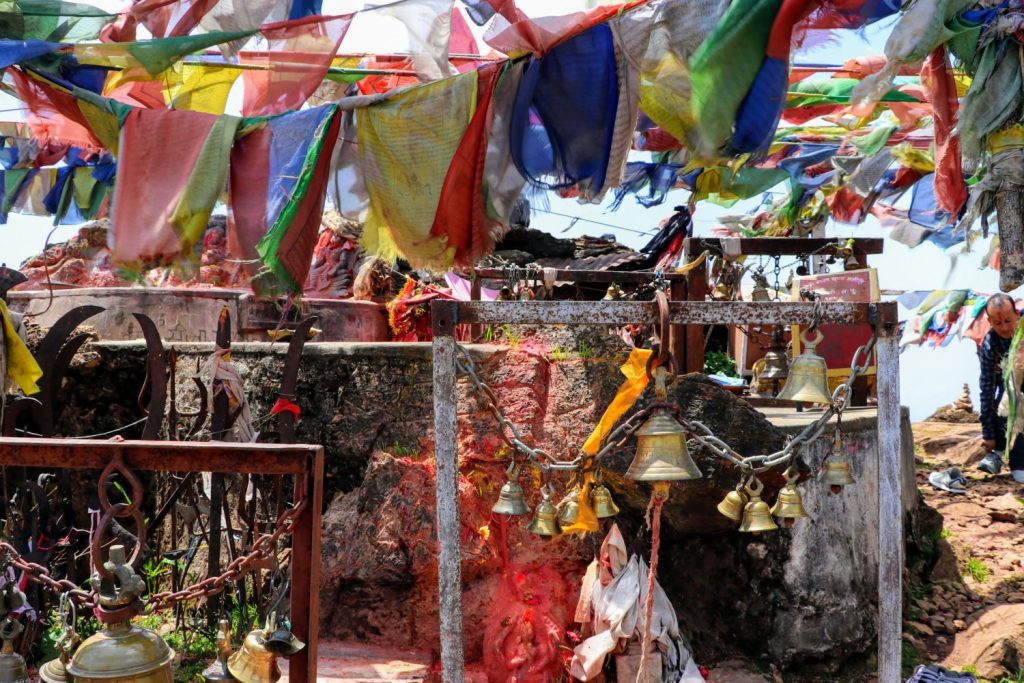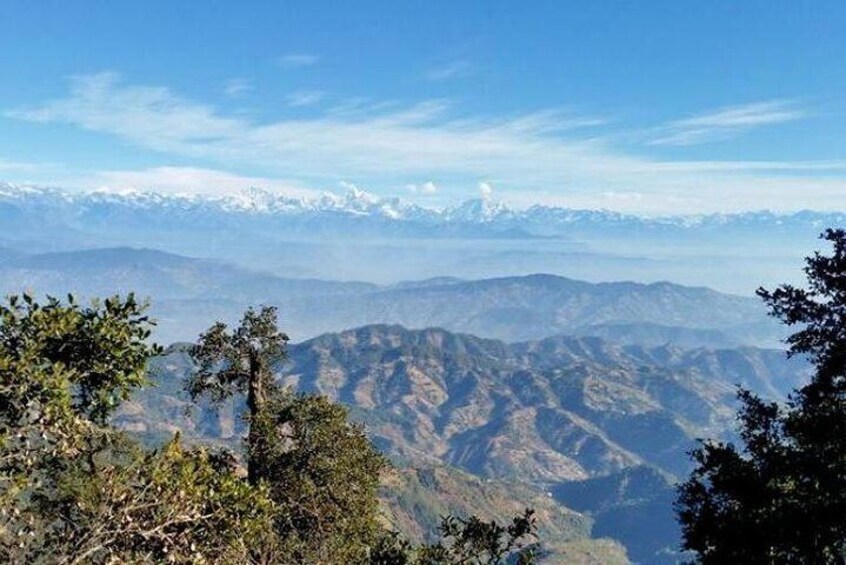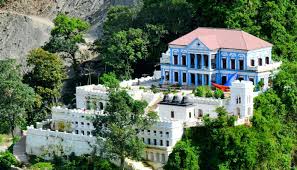Phulchoki: The Highest Hill of the Kathmandu Valley
Phulchoki, standing at 2,782 meters (9,127 feet), is the highest hill surrounding the Kathmandu Valley in Nepal. Located about 20 kilometers southeast of Kathmandu, it is part of the Mahabharat Range and offers breathtaking views of the valley, the Himalayas, and the lush green hills. The name Phulchoki means “Hill of Flowers” in Nepali, a reference to its rich biodiversity and seasonal blooms.

Flora and Fauna
Phulchoki is a biodiversity hotspot with dense subtropical forests filled with rhododendrons, oaks, laurels, and various other plant species. The area is home to a wide range of wildlife, including leopards, deer, monkeys, and numerous bird species like the Kalij pheasant and the Himalayan Monal, Nepal’s national bird. It is especially famous for birdwatching, attracting ornithologists and nature enthusiasts from around the world.
Religious and Cultural Significance
At the summit of Phulchoki stands the revered Phulchoki Mai Temple, dedicated to the Hindu goddess Phulchoki. Devotees visit this temple throughout the year, with special ceremonies held during the full moon of March-April (Chaitra Purnima). The hill also has cultural importance for both Hindus and Buddhists, with local legends associating it with divine protection over the valley.
Hiking and Adventure
Phulchoki is a popular trekking and hiking destination. The hike begins from Godawari, a scenic spot known for its botanical garden. The trail, about 14 km long, takes around 5-6 hours to reach the top, passing through dense forests with breathtaking landscapes. For those who prefer a shorter visit, a rough road allows vehicles to reach close to the summit. During winter, Phulchoki occasionally receives snowfall, making it a rare snowy retreat for valley residents.
Weather and Best Time to Visit
Phulchoki offers a pleasant climate throughout the year. Spring (March-May) brings vibrant rhododendron blooms, while autumn (September-November) provides clear skies and stunning Himalayan views. Winter (December-February) is cold, with occasional snowfall. The monsoon (June-August) makes the trails slippery but enhances the greenery.
Conservation Efforts
As a crucial ecological zone, Phulchoki is part of the Shivapuri-Nagarjun National Park buffer zone. Conservation efforts focus on protecting its rich biodiversity and preventing deforestation. However, increasing human activities and road construction pose environmental threats.
Conclusion
Phulchoki is a perfect blend of natural beauty, religious significance, and adventure. Whether for trekking, birdwatching, or spiritual visits, it remains one of the most cherished destinations near Kathmandu.




